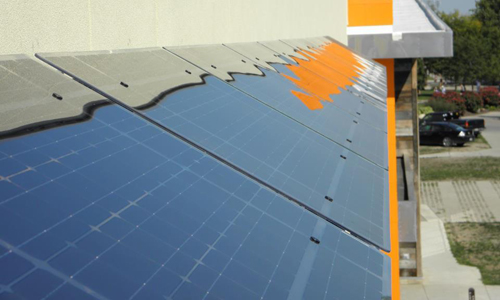Energy
BGSU's carbon emissions are reported in three subgroups called "scopes."
- Scope 1 Emissions - "Direct Emissions" make up 23% of BGSU's carbon emissions, which includes the direct burning of fossil-fuel on campus through the natural-gas heating plant, transportation, and refrigerants.
- Scope 2 Emissions - "Upstream Emissions" make up 50% of BGSU's carbon emissions, which includes the carbon emissions from the purchased electricity BGSU uses. BGSU does not create its own electricity but purchases it from the City of Bowling Green. BGSU's purchased electricity contributes to half of the overall carbon emissions for the University.
- Scope 3 Emissions - "Miscellaneous Emissions" make up 27% of BGSU's carbon emissions, which include emissions from a variety of sources such as student, staff, and faculty commuting, study abroad travel, and the disposal of solid waste and waste water.
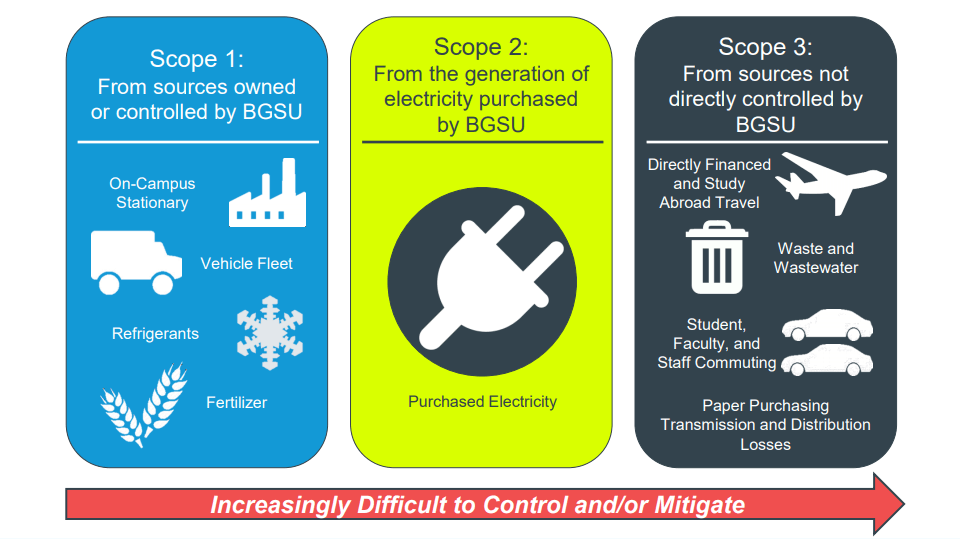
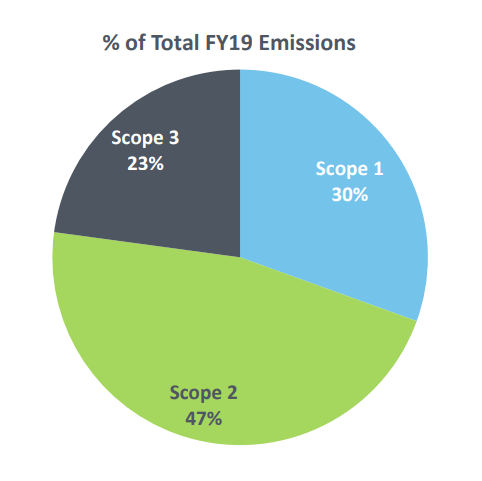
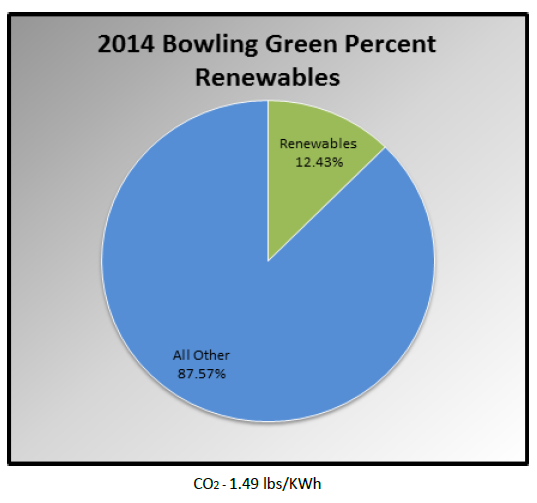
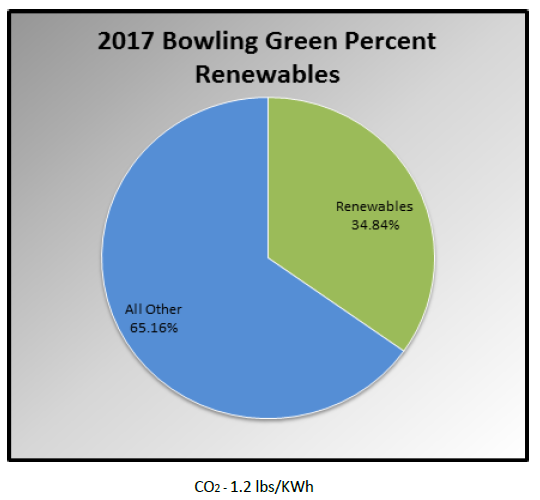
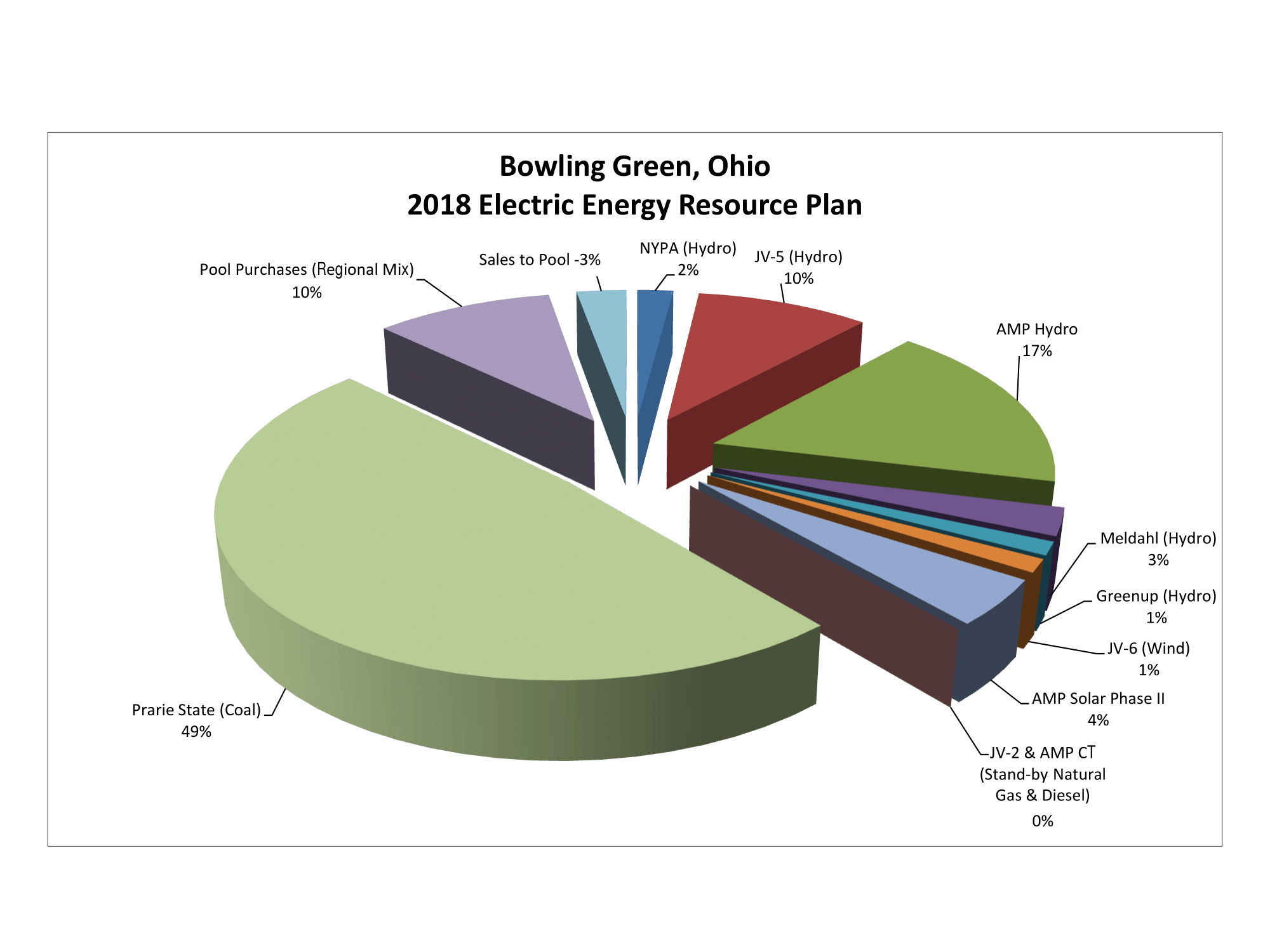
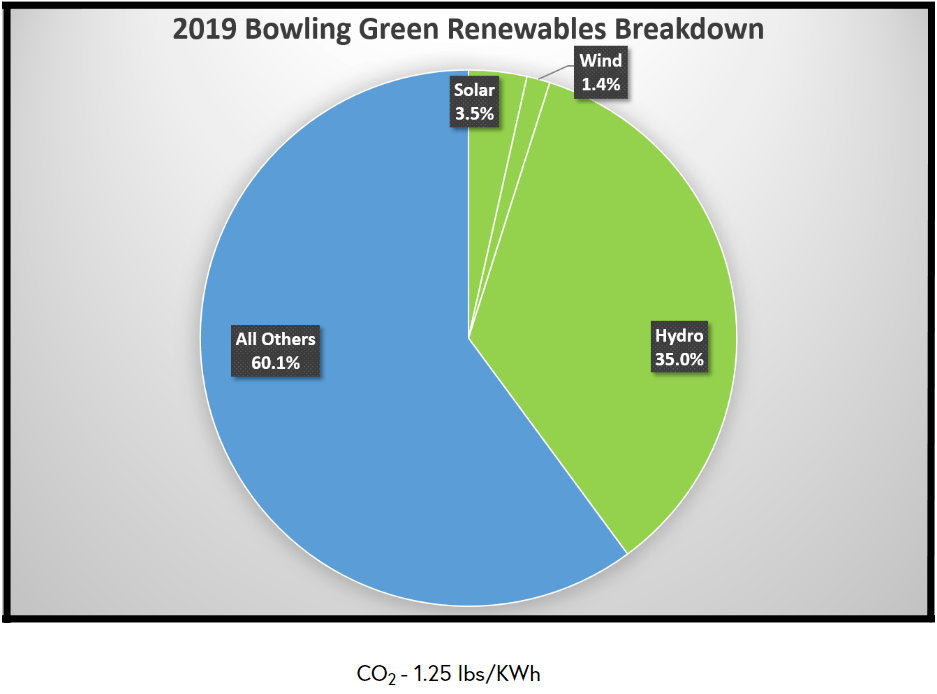
Half of BGSU's carbon emissions come from the electricity purchased from the City of Bowling Green, which allows for a significant reduction of emissions by moving towards a greater renewable energy portfolio.
The chart to the left indicates the percent of the Bowling Green energy portfolio coming from renewable energy sources. In 2014, only 12.43% of the energy was from renewable sources.
In 2017, the power provider to the City of Bowling Green (AMP) underwent a series of projects to bring more renewable energy sources into their portfolio. These projects include the completion of the AMP Hydroelectric station as well as changing fuel sources from coal to natural gas.
The completion of these projects changed the energy portfolio for the City of Bowling Green and resulted in having 34.84% of the energy come from renewable energy sources! The increase of renewable energy sources has drastically reduced our Scope 2 emissions and thus significantly reduced our overall carbon emissions.
Information is obtained from the Climate Action Plan in fulfillment of the Presidents' Climate Commitment.
Since 2017, the City of Bowling Green has continued to be a leader in energy diversification. As of 2019, nearly 40% of the City of Bowling Green's energy portfolio consists of renewable energy sources (see the pictures to the right)!
Hydroelectric power is a major component of the City's renewable energy portfolio, but local wind and solar fields also contribute to reducing our overall carbon emissions on campus and in the community as well.
Throughout the years, Bowling Green has consistently upgraded its energy portfolio and gradually diversified its energy sources to include more renewables. This approach will help us reduce BGSU's Scope 2 emissions to eventually become carbon neutral by the year 2040!
Overall Goal for Reduction of Emissions from Energy
"In the short term, BGSU’s goal is to reduce Scope 1 and Scope 2 emissions through the conservation of energy. This includes reducing fuels used on campus (natural gas for heating, and fleet fuel), and reducing purchased electricity, (which currently carries a significant amount of emissions with it due to its primary source being coal fired power plants. While conserving these non-renewables, we will begin to determine all options available for purchase or creation of renewable energy, with a long-term goal, ultimately, of transitioning to complete use of renewable energy sources."
- BGSU's Climate Action Plan, 2015
For more detailed information on BGSU's carbon emission profile and the detailed steps to reduce the emissions, please view the publicly-filed Climate Action Plan.
Green Spotlight
Updated: 10/18/2024 10:50AM

